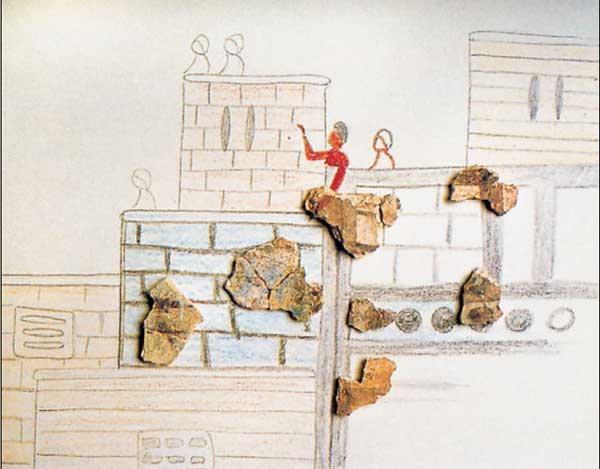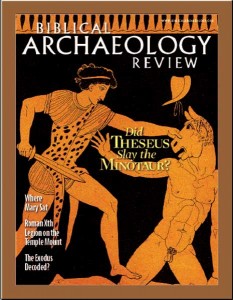Minoan Frescoes in Egypt, Turkey and Israel
Sidebar to: Did Theseus Slay the Minotaur?

The most famous Minoan wall painting, dating to about the 17th century B.C., was found on the island of Santorini (ancient Thera), 60 miles north of Crete, where the Minoan culture originated. The magnificent fresco depicts what appears to be a marine festival in a busy Mediterranean harbor. The importance of sea trade and travel is apparent by the number and type of boats in the painting, including three large ships with 42 oars each. By this time, Minoan culture had spread beyond its origins in Crete. But did it spread much further?
In the years since the great discoveries at Thera/Santorini were made by Greek archaeologist Christos Doumas, other archaeologists have found evidence of Minoan culture in Egypt and Turkey—and even in Israel.
The frescoes have not survived in anything like the condition of those on Santorini, however, which were preserved in volcanic ash. At Tel Kabri, about 3 miles from the Mediterranean coast in northern Israel, near the border with Lebanon, a Minoan-type wall fresco from a local palace was discovered by Israeli archaeologist Aharon Kempinski. But the fresco was lying on the floor in 2,500 unrestorable pieces!
Already a library member? Log in here.
Institution user? Log in with your IP address.

